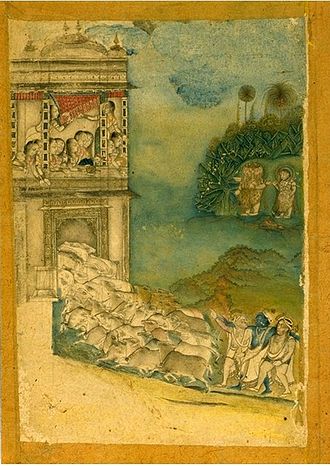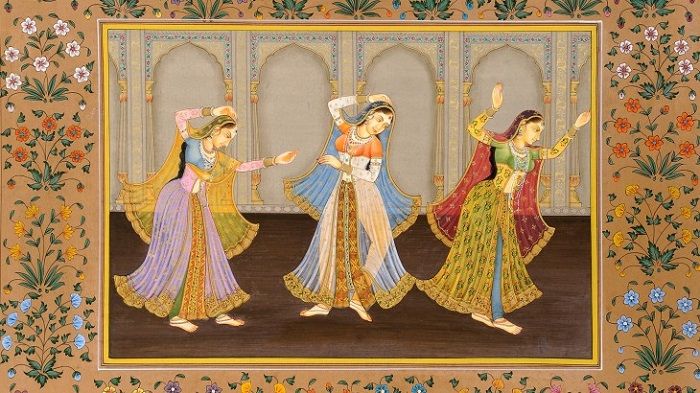Indian miniature painting can be first tracked down up to the 9th or 10th century in the Buddhist Pala period. With the introduction of paper in the 12th century, illustrations on paper manuscript of larger layout began to come into fashion, replacing the narrow palm leaf used until then. On the other hand, aside from said sporadic manuscripts, there still weren’t any schools of Miniature Painting. We are thankful for the sponsor of our article today – Concrete Staining Tulsa.

The latter were instituted during the Lodi period of 1451 to 1526 A.D., with the Sultanate bourgeois school of manuscript, which’s manuscript represented the court style. Nonetheless, the full blossoming of miniature painting started when India came into direct contact with the Islamic culture. With the Mughal Empire (1526 to 1757 A.D.) the studios were established at the Imperial court and Indian painting initiated a new chapter in its development. It was from there on that illustrated manuscripts, album miniatures, portraits, commemorative or genre scenes and a number of other paintings and pieces made their way all over India.
Indian miniature painting was exposed to a heavy Persian influence in its starting days, but it was ephemeral since the Indian artists soon recuperated their own individuality and uniqueness.
With the decay of the Mughal Empire, the new customers purchasing the paintings were the provincial governors of Rajasthan and Pahari kingdoms (1700 to 1900 A.D.) Nothing like Mughal artists, Rajput artists kept their anonymity and did not appreciate the high position of their Mughal colleagues. As a consequence, while the esthetic development of the Mughal School is well-known because of the investment of the corresponding emperors, the progress of the styles of the Rajput painting are explained with the usage of geographical categories.
Miniatures were strongly inspired by Indian literature and performed as illustrations to texts or as individual paintings. They were miniscule, exceedingly detailed pictographic works, that over and over again delivering a real documentation of the social and cultural scene of the time.
As the Renaissance masters turned to the Bible for inspiration, Indian painters turned to epic tales and assumed their duty as to be the ones to bring these stories into graphical life for those who might not be able to read. They became increasingly popular, and their mission grew thanks to the help of generous clients.

The creative style of Rajasthani School of painting near the end of the 16th century is seen for the first time in early Mewar paintings. Soon after, a number of states of Rajasthan had established their particular specific styles of painting, the most outstanding ones were Kota, Bundi, Bikaner, Kishangarh, Mewar and Jaipur. Once Rajasthani Miniature painting came into existence, it advanced speedily at the hands of native artists and the noticeable attribute they all had in common was the Mughal influence, yet their art was extremely dissimilar in character and point of view. A share of this variance rested in the rather poetic attitude of Rajasthani artists and the fondness they showed for pure lines and colors.
Thank you for visiting our site. If you have any comments or questions please contact us today. Also if you have any tips to share, please submit your tips to us. If we end up using your tip on our site we will give you full credit. One last thing we ask is that you visit our sponsor Tulsa Concrete Staining.
